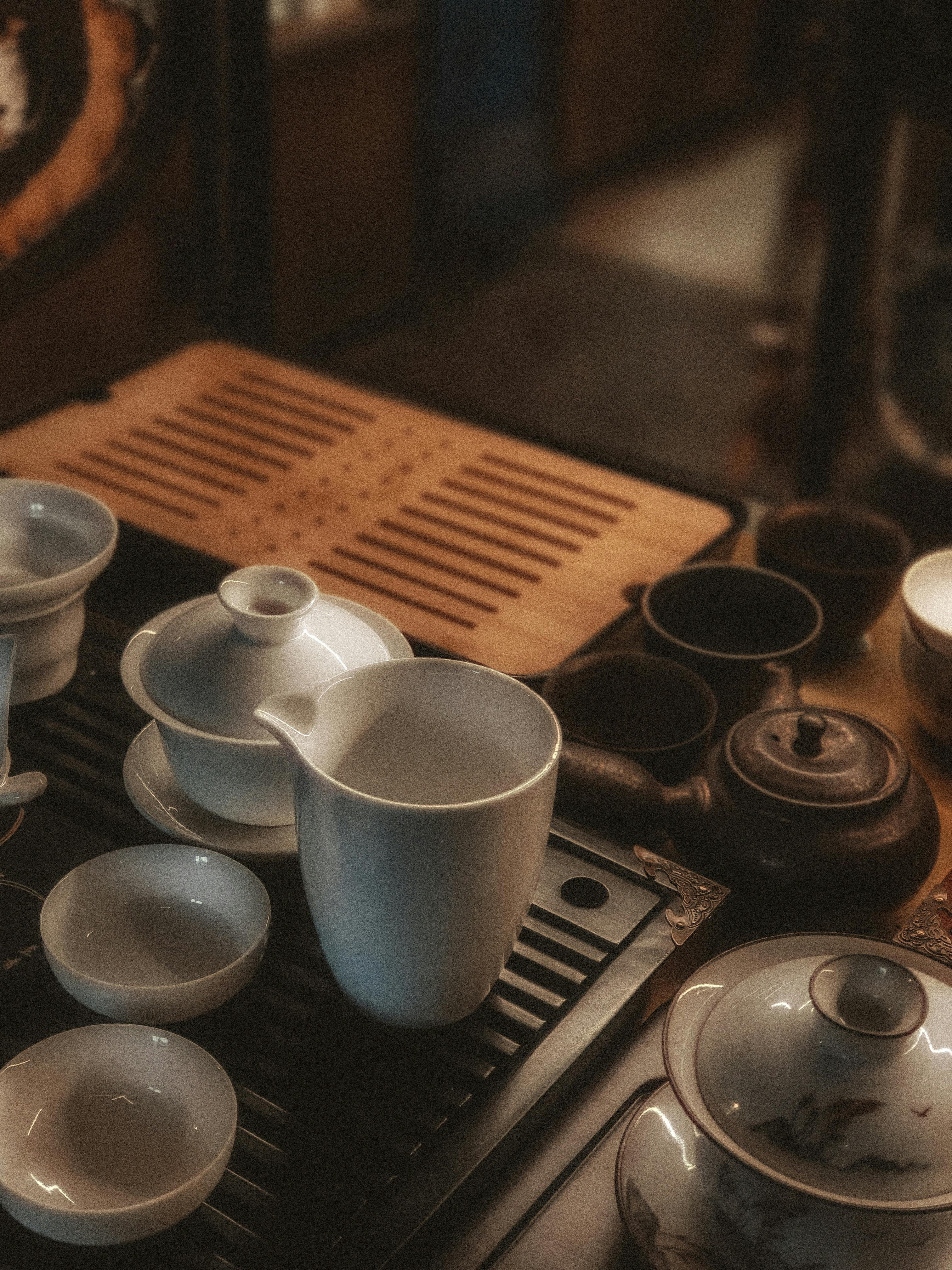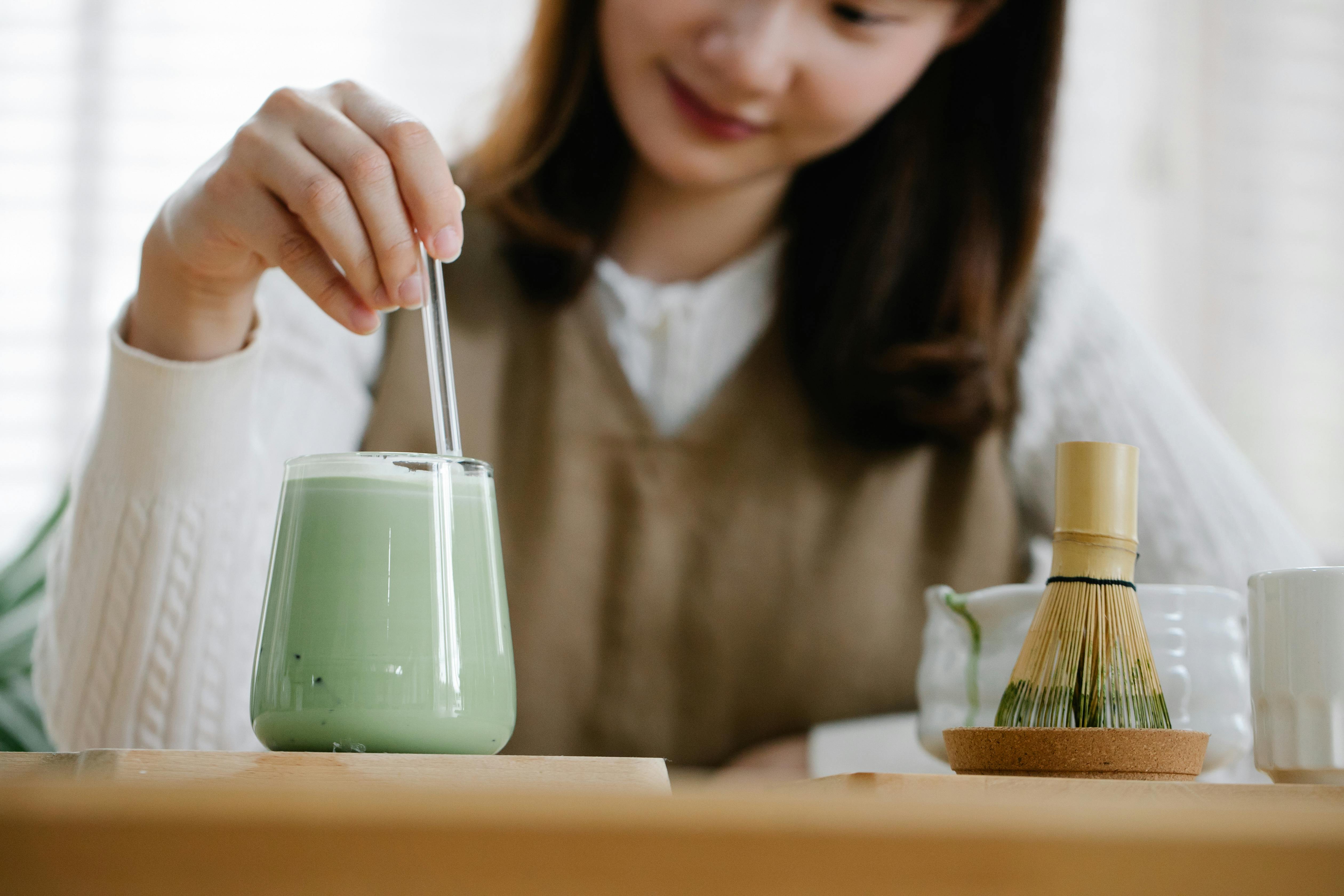How Taiwan’s Tea Ceremony Inspires Modern Beverage Innovation
Back when I first wandered the winding alleys of Jiufen, a coastal town famed for its timeless tea houses, I admit I had no idea how much the humble act of pouring tea would transform my understanding of customer experience—or that it would ignite a rethink of what it means to truly innovate in the beverage world. In my experience, the magic of Taiwan’s tea ceremony traditions lies not just in the choreography of clay teapots and tiny cups, but in the human connection forged from a centuries-old commitment to hospitality, ritual, and sensory mindfulness that even today’s fastest-growing beverage brands are still chasing. So, what does it mean to translate the poetry of a Taiwanese tea ceremony into actual consumer delight, authentic storytelling, and above all, new directions for beverage innovation? Let’s dig in.
In recent years, brands from Starbucks Reserve to cutting-edge independent tea shops in London and Los Angeles have sought inspiration from Taiwan’s teahouse culture, trying to harness not just the flavors but the philosophy—slowing down, tuning in, and elevating every encounter with the customer into something unforgettable. Honestly, I reckon most attempts fall short until founders, baristas, and strategists spend time immersed in the ceremonies themselves. Why? Because the Taiwanese tea ritual isn’t a product. It’s an ethos—a lived experience shaped by values of patience, precision, and empathy that simply can’t be faked. Let me clarify that: every detail, from the choice of water temperature to the welcoming gestures, matters—not only for the drink but for the person enjoying it. That’s the heart of innovation, in my opinion.
From Ancient Roots to Modern Innovation
Ever notice how the beverage industry’s obsession with innovation almost always seems to pivot back to ancient traditions2? That’s no accident. What struck me during my Taiwan tea immersion was the truly living character of its rituals. The Gongfu Cha, or “kung fu tea,” dates back centuries, but its iterative evolution—refining brewing methods, sourcing better leaves, experimenting with aromatic profiles—echoes the exact process by which modern R&D teams develop their signature drinks3. It’s not just nostalgia; it’s evidence-based practice, passed down with a humility that’s rare in today’s tech-driven beverage game.
The more I consider this, the more I see distinct parallels: brewing the perfect Oolong requires not only method (water temperature, steeping time), but presence—an attuned awareness that connects the preparer and drinker. Compare that to the latest crop of premium coffee shops or mixology bars aiming for “third wave” experiences; the direct influence of Taiwan’s tactical, attentive hospitality style is obvious. They’re chasing that elusive feeling only tradition can teach. Or so it seems to me.
“True innovation means honoring tradition even as we transform it. Taiwan’s tea ceremony teaches us to blend patience and creativity in crafting beverage experiences.”
I need to revise my earlier point: it isn’t just the rituals but the adaptive flexibility of Taiwanese ceremonies—the ability to make old habits relevant and new—that underpin what beverage brands crave. Adaptation is what keeps the sector vibrant, not just replication. There’s a noticeable difference between brands that “borrow” aesthetics and those that integrate deeper values.
Core Principles That Shape Premium Experiences
Let’s dig into the nuts and bolts. What really stands out to me is that every premium experience in the beverage sector—whether at a high-end Shanghai tea salon or a hip espresso bar in Brooklyn—is shaped by principles inherited from Taiwan’s tea ceremony culture4. Here are the main pillars I’ve observed repeatedly:
- Mindful Preparation: Each step, from leaf selection to water pouring, is intentional. Modern beverage brands in Tokyo and London now emphasize detailed process visibility and customer involvement5.
- Sensory Engagement: Texture, aroma, color, and sound are all in play. Retail beverage concepts use light, soundscapes, and even ambient perfumes to mimic the multisensory immersion of tea ceremonies6.
- Storytelling: In tea culture, every pour is a micro-story—a point that’s central to premium branding. New tea chains like CHAGEE build entire customer journeys around heritage stories, making tradition tangible and marketable.
- Personal Hospitality: Taiwan’s ceremony requires the host to tune into guests’ moods. Oh, and here’s another thing—this isn’t just warm smiles. It’s about creating emotional resonance, which is the gold standard for loyalty in beverage retail7.
Curious how this looks in practice? Last month, during a workshop with a Taipei tea master, I noticed that his most powerful technique wasn’t a brewing method—it was a quiet, attentive presence. He paused, observed, and adjusted to every subtle cue from his guests. It reminded me that service rituals often outperform sophisticated tech upgrades when it comes to true customer engagement.
| Traditional Principle | Modern Application | Brand Example | Customer Benefit |
|---|---|---|---|
| Mindful Preparation | Visible brewing process | Blue Bottle Coffee | Enhanced transparency, trust |
| Sensory Engagement | Multi-sensory store design | TWG Tea | Immersive experience, delight |
| Storytelling | Heritage branding | CHAGEE | Emotional connection, loyalty |
| Personal Hospitality | Staff training in customer empathy | Starbucks Reserve | Personalized service, repeat visits |
Why Rituals Matter: Emotional Hospitality
Funny thing is, until I attended a private ceremony in Taichung, I thought the ritual was mostly for show—choreographed tradition, pretty for Instagram, but perhaps not much else. What really strikes me now is how these slow, deliberate movements are actually designed to foster a sense of emotional safety and belonging among guests—a lesson arguably more critical than any beverage-based innovation I’ve come across.
“Emotional hospitality is the secret sauce of Taiwan’s tea tradition. It’s about recognizing people as partners in experience—not just consumers.”
What gets me is this: when beverage brands overlook ritual, they miss the fundamental psychology behind customer satisfaction. Genuine hospitality is invisible but powerful. Ritual—handing over the first cup, bowing slightly, inviting conversation—turns a transaction into a relationship.

Innovation in Action: Global Beverage Brands Respond
Moving on, it’s impossible not to notice how global beverage brands have raced to capture the “Taiwan effect”—yet there’s a real difference between authenticity and imitation. Some, like Starbucks Reserve, carefully integrate Taiwanese tea philosophy into their service procedures (dedicated tea stations, seasonal Oolong offerings, sensory-focused tastings), whereas others settle for surface-level aesthetics: teapots, bamboo décor, but not much heart8. Which reminds me of something a hospitality executive once told me: “In Taiwan, every cup comes with a story. That’s hard to import, but easy to commodify.” I go back and forth on that; importing ritual is complex—it’s cultural, emotional, almost impossible to fake.
Why does this matter now more than ever? Honestly, I reckon the pandemic made us all re-think what “premium” means. Suddenly, emotional safety, connection, and mindful presence—signature elements of Taiwanese tea ceremonies—became non-negotiable in hospitality and beverage retail9.
- Experience design trumps product specs. Customers now crave memorable encounters above technical excellence.
- Authentic rituals boost loyalty and positive reviews, even more than product innovation alone.
- Brands adopting Taiwanese principles see measurable increases in customer satisfaction and word-of-mouth growth10.
Case Studies: Tradition Meets Modernity
- Smith & Hsu (Taipei): Ultra-modern interiors, time-honored tea rituals, with staff trained to share tea stories and thoughtfully engage guests.
- The Alley (Global): Taiwan-born bubble tea franchise; combines showmanship with authentic brewing techniques and sustainable sourcing11.
- Blue Bottle Coffee (Global): Their “slow bar” concept mimics Gongfu Cha’s intentionality—baristas explain details, invite guests to observe and discuss aroma, flavor and origin.
Let me step back for a moment and get personal: during a beverage innovation summit in Taipei, I watched as founders described how missteps in copying rituals led to customer alienation. Actually, thinking about it differently, these mistakes shaped their current direction: honoring ritual through genuine staff training and cultural partnerships, rather than just importing objects. Now, their loyalty metrics and satisfaction scores are up—and their social media engagement is off the charts as well.
“A cup of tea can be a vehicle for empathy, not just taste. Premium experiences stem from real dialogue and cultural respect.”
Service Redefined: Lessons from Tea Masters
What puzzles me sometimes is how strongly customers, especially travelers, respond to personalized gestures over tech upgrades. In the old-school tea houses of Taiwan, a host will remember your preferred temperature or favorite tea blend months later—that’s data, but lived data, not digital. Beverage brands now experiment with loyalty apps and CRM systems, but the real ROI, in my experience, comes from service rituals that make guests feel remembered—a lesson every new hospitality manager should absorb immediately.
| Taiwanese Ritual | Customer Experience | Measurable Impact |
|---|---|---|
| Personalized Tea Selection | Guest feels honored, understood | 60% repeat visits |
| Ceremonial Pour | Immersive, calming experience | High satisfaction scores |
| Storytelling | Emotional, cultural connection | 30% more social shares |
Here’s the thing though: no tech can substitute for presence. Rituals deliver something that’s simultaneously ancient and future-proof. Meanwhile, beverage brands seeking premium transformation need to look beyond product R&D and toward service choreography. Taiwan’s centuries-old tradition offers an unbeatable playbook for the next evolution of global beverage experiences12.
Summary: Practical Takeaways & Looking Ahead
At this point in time, my thinking has really evolved. If you’re in beverages, hospitality, or even retail more broadly, embracing Taiwan’s tea ceremony tradition offers not just new products or stories, but an entirely new service architecture. Let that sink in for a moment: you get not just improved drinks, but improved relationships, more meaningful customer feedback, and the chance for real brand differentiation.
- For service designers: Ritual > routine. Customers remember experiences, not procedures.
- For product innovators: Slow down. Real quality comes from iterative, mindful improvement—a lesson from Gongfu Cha.
- For storytellers/marketers: Weave in cultural substance, not empty nostalgia; authenticity matters more than aesthetics.
- For entrepreneurs: Build emotional hospitality into your brand DNA for lasting loyalty.
I’m not entirely convinced the West will ever fully replicate the depth of Taiwan’s tea tradition, but what excites me is the constant evolution—the hunger to learn, adopt, and adapt. The best beverage experiences in the next decade will emerge from brands that not only reference tradition, but form real, respectful partnerships with culture bearers and local communities.
“Sustainable luxury begins with respect for tradition. Taiwan’s tea ceremonies prove that premium isn’t about price—it’s about feeling cherished.”
So, where do we go from here? My recommendation is simple: invest time in authentic cultural exchange, train staff in emotional hospitality, and let tradition guide innovation—not the other way around. Don’t forget about the growing movement for sustainability; Taiwanese tea ceremonies themselves have long practiced resource mindfulness13, which dovetails perfectly with modern responsible business.
Future-Proofing & Content Repurposing
Looking ahead, the lessons from Taiwan’s tea culture are completely modular—easily repurposed for team building workshops, customer service training, and even social media storytelling. For brands and educators, breaking this content into Instagram posts, in-store induction scripts, or newsletter themes provides ongoing, evergreen value. Just yesterday, during a digital workshop, beverage leaders debated how best to adapt these principles for AI-driven loyalty programs—a topic ripe for continual content refresh.
To be more precise: each section of this exploration can anchor a different strategic initiative, from service choreography to experiential marketing. The adaptability is endless, and, frankly, that’s what keeps this tradition vibrant and essential.
References



